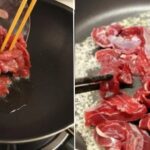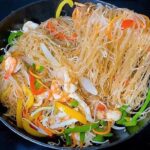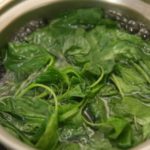Cabbage is a versatile vegetable that can be boiled, stir-fried, used in soups, or pickled. During colder months, stir-frying cabbage is a popular choice. However, many people encounter issues with their stir-fried cabbage, resulting in a soggy, limp, and watery dish.
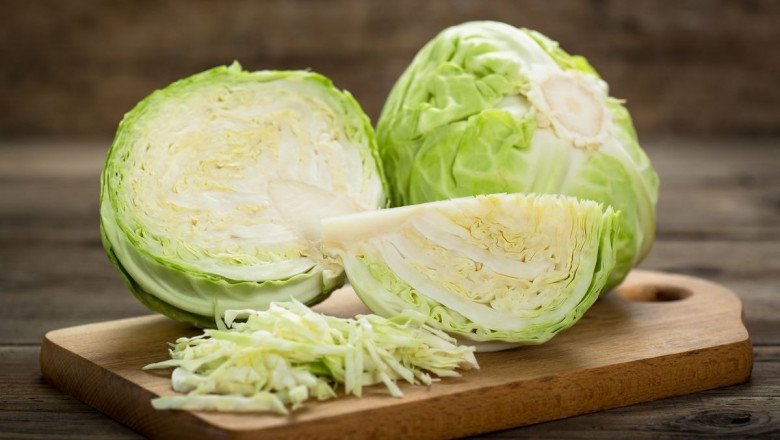
Experienced cooks reveal that the main reason for soggy cabbage and excess water is due to two common mistakes made during the stir-frying process. Keep reading to discover the secrets to perfect stir-fried cabbage with minimal water release.
Ingredients:
– 1/2 a medium cabbage (freshly harvested)
– Dried and spring onions.
– Pork or chicken fat, salt, or seasoning powder.
Instructions for stir-frying cabbage without releasing water:
Start by selecting a fresh, recently harvested cabbage. Remove any tough outer leaves, then cut the cabbage in half and finely chop it.
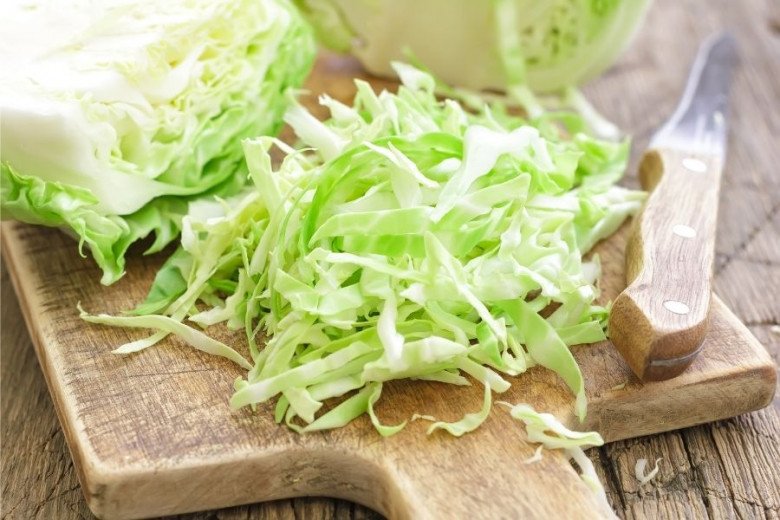
Once chopped, thoroughly rinse the cabbage under running water and drain well.
Heat a pan or wok, then add pork or chicken fat. Using animal fat adds a delicious aroma to the dish and helps reduce water release. If you don’t have access to animal fat, you can use regular cooking oil.
When the fat is hot, add crushed dried onions and stir-fry until fragrant. Immediately add the cabbage and stir continuously. It’s crucial to maintain a high heat at this stage. Cooking cabbage over low heat will result in overcooked, soggy cabbage and increased water release. This is a common mistake that should be avoided.
As you stir-fry the cabbage, ensure it cooks evenly. When the cabbage is 90% done, season with salt or seasoning powder. Many people make the mistake of adding salt too early, which contributes to water release. Since the cabbage is finely chopped, it will absorb the seasoning quickly, so there’s no need to add it too soon. Wait until the cabbage is almost cooked before seasoning.
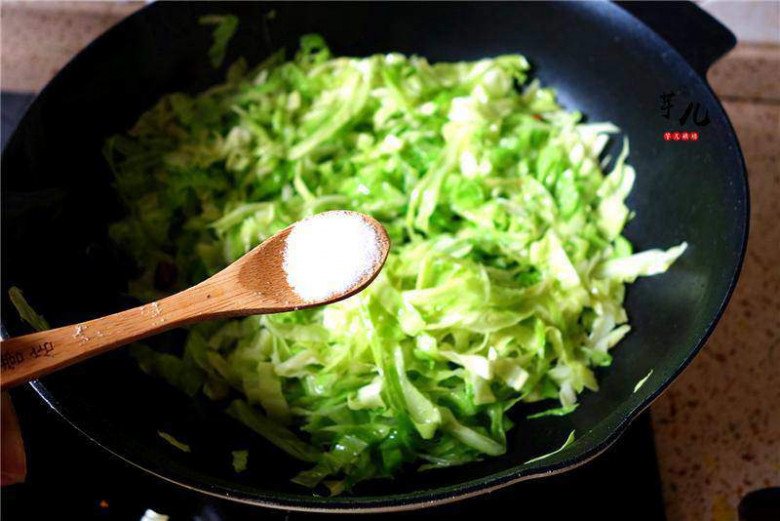
After adding the seasoning, give it a quick stir, then add the spring onions cut into sections. Stir-fry briefly, and then turn off the heat.
By following these steps, your stir-fried cabbage will have a pleasant crunch and minimal water release.
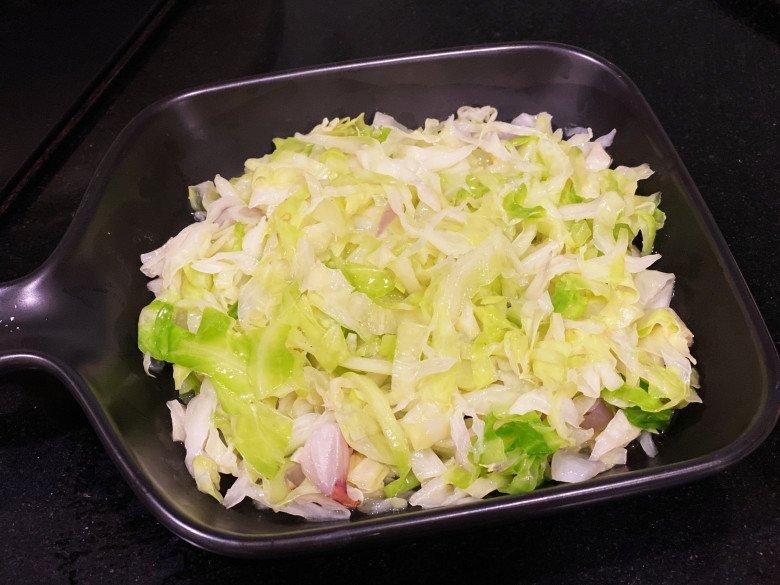
Happy cooking!
Why You Should Be Combining Plant-Based Oils and Animal Fats in Your Diet
Plant-based oils and animal fats are essential sources of dietary fat, regularly used in cooking. However, the benefits of combining these two ingredients when preparing meals are often overlooked. Join us as we delve into this intriguing topic and uncover the reasons why incorporating both plant-based oils and animal fats in your cuisine is a culinary practice worth exploring.
“The Ultimate Guide to Stir-Frying Vegetables: A Colorful and Delicious Feast”
Are you tired of overcooked, bland, and unappealing stir-fried vegetables? It’s time to elevate your vegetable game! With our expert tips and tricks, you can master the art of stir-frying and create dishes that are not only delicious but also visually appealing. Imagine serving up a plate of vibrant, perfectly cooked vegetables that will have your family and friends asking for seconds. Learn from us, and your stir-fried vegetables will always be the star of the meal!
The Do’s and Don’ts of Cooking Grains: A Guide to Avoiding Common Mistakes
“Cooking grains such as rice, beans, seeds, barley, oats, and wheat can be a tricky business. Get it right, and you’ll have a delicious, nutritious, and flavorful dish. But beware; there are common mistakes that can ruin your grain-based meals. Learn how to avoid these blunders and elevate your cooking game with this insightful article. It’s time to unlock the secrets to perfectly cooked grains!”

